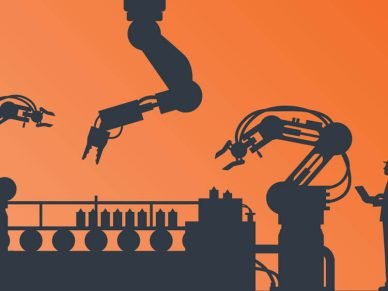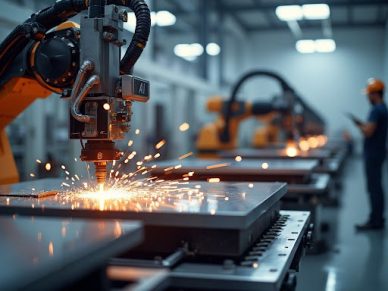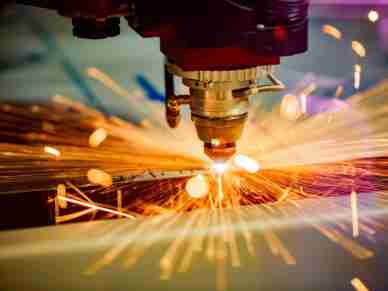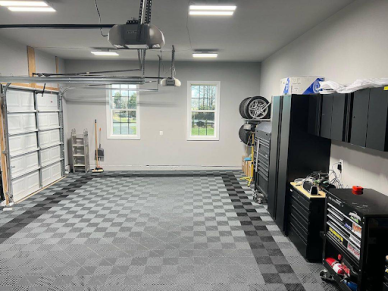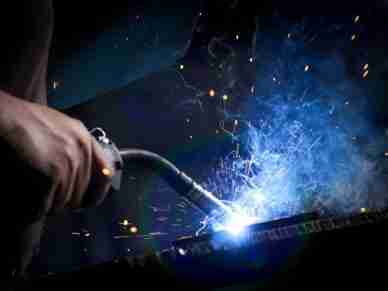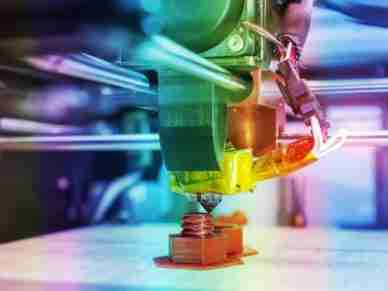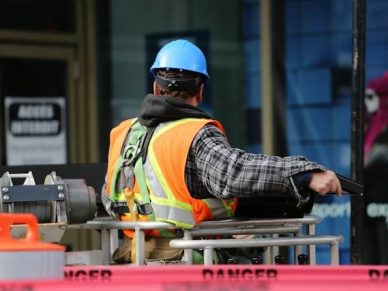Wearable technology is capable of monitoring hundreds of data points. For worker safety, wearables are the answer to lowering accidents and injuries.
With worker safety being a top concern of industry leaders, developing strategies to minimize workplace incidents and associated costs are always important. Fueled by the introduction of devices like Fitbit and the Apple Watch to track activities, safety experts and industry leaders are searching for new and innovative ways to apply that technology to workplace safety.
Hazardous occupations like mining and manufacturing are key players in the movement, but virtually every risk-prone occupation is ripe for the introduction of strategies to reduce accidents, injuries, or worse.
Wearables’ Worth
Applications of wearables are expanding just as rapidly as the tech’s capabilities. Deloitte Canada, for example, offers a variety of safety-oriented wearables to enhance the safety of workers in mining, trucking, emergency services, and other hazardous industries. While references to a canary in a coal mine are still common in conversations, today’s wearables provide far more accurate and timely warnings when conditions are less than optimal.
Partnerships Push the Technologies to New Levels
Recently, North Star BlueScope Steel and IBM Watson partnered up to develop wearable devices to protect workers exposed to extreme conditions.
“Employees working in extreme environments face a daily risk [of] conditions that include everything from high heat and toxic gas to open flames and heavy machinery accidents,” shared Innovation Toronto, citing a study done by the U.S. Bureau of Labor Statistics and the Liberty Mutual Research index. “Overexertion and falls account for more than $25 billion in U.S. workers’ compensation costs a year, according to the Liberty Mutual Research Institute in 2014 Workplace Safety Index.”
The partnership is researching and developing wearable strategies to reduce costs while enhancing productivity. The idea is that the use of wearable apparel and devices can prevent many injuries.
Honeywell and Intel are also engaged in a partnership to create wearables to reduce the risks for industrial workers and first responders. These two industry giants are designing wearables that “combine wearable sensors with a mobile hub and monitor heart rate, breathing, posture, motion, and toxic gas exposure to provide actionable intelligence that improves worker safety by alerting staff to unsafe conditions and preventing ‘man-down scenarios.’”
Proof of Cost Savings
Applications of wearable technologies can significantly reduce the number of accidents, but the benefits go much further. Healthcare costs can be reduced in virtually any setting when wearables are employed, as their use enhances employee awareness.
Fujitsu, a Japanese multinational information technology equipment and services company, is testing wearables to measure variables impacting worker safety and performance. The company highlights that reducing accident rates cuts costs, while monitoring of drowsiness and other hazards provides data to improve site conditions.
The oil and gas industry can also benefit from wearable tech that monitors workers to detect potential threats. The same technologies can be easily harnessed for use in just about any hazardous industry, although the percentage of marketplaces adopting the newest strategies is still quite small.
Obstacles Preventing Wide-Scale Adoption
Since the application of wearable technology is still in its infancy, there are significant obstacles to overcome before universal acceptance is likely. A few of those issues include battery life, screen sizes, and Wi-Fi connectivity. Obviously, cost is also a problem that’s going to impact the willingness of industries to adopt wearable technologies on a broad scale.
Each of those issues can, and most certainly will, be addressed as soon as the demands of workers are prioritized and insurance carriers play a bigger role in the process. Wearable devices are also likely to provide net savings for organizations as days lost are reduced and efficiency rates improve.
Stepping into the Future
“Our vision for smart worker safety involves integrating and presenting contextual information to management from a wide variety of sensors,” said Gabi Zodik, Director of IoT and Mobile Platforms at IBM Research. “It’s a method that is non-intrusive, is hands-free, always-on, environment-aware, and offers the direct delivery of critical information to those who need it, when they need it.”
Although there are certain obstacles to overcome before the use of wearables is widely adopted, the advantages for industries doing so are clear. The reduction of accidents and their associated costs alone suggest the future of wearables is bright.
